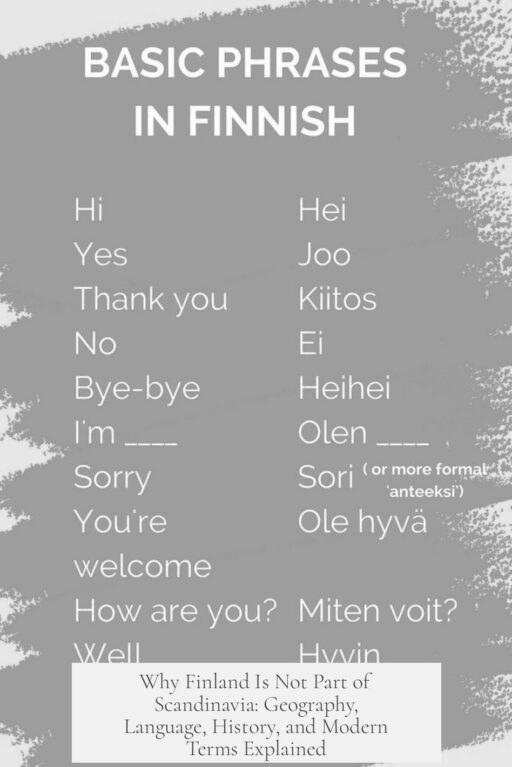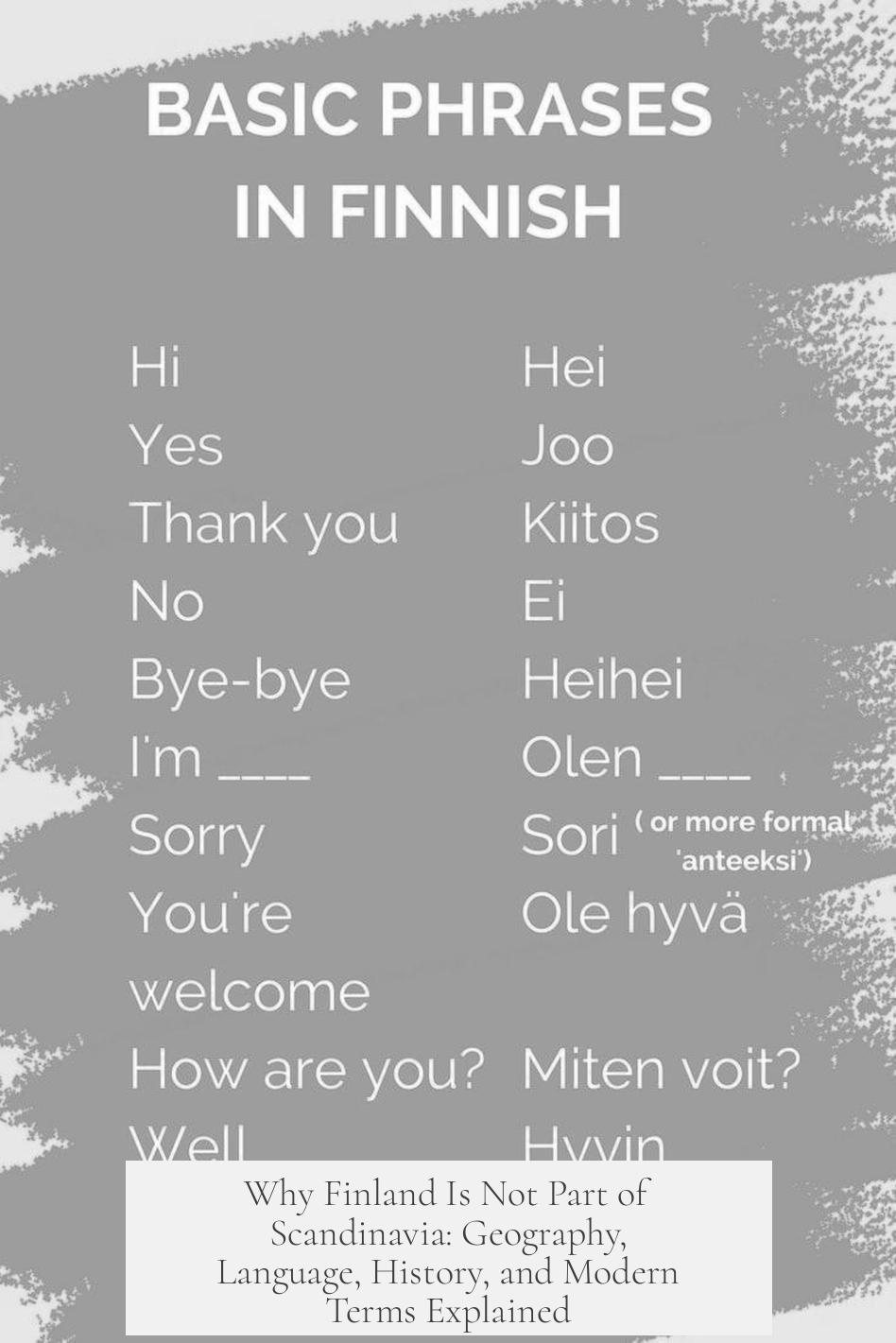Finland is not considered part of Scandinavia because it differs significantly in geography, language, culture, and history from the core Scandinavian countries: Sweden, Norway, and Denmark.
Geographically, Finland does not lie on the Scandinavian Peninsula, which primarily includes Norway and Sweden. Denmark, though not on the peninsula, is traditionally grouped with these two, forming the Scandinavian trio.
Language represents a major distinction. The Scandinavian countries speak North Germanic languages, part of the Indo-European family. Finland’s primary language, Finnish, belongs to the Finnic branch of the Uralic language family. This linguistic gap underpins many cultural differences between Finland and the Scandinavian countries.
Culturally and historically, Sweden, Norway, and Denmark share a Viking heritage, Nordic mythology, and political milestones such as the Kalmar Union. These countries also practice constitutional monarchy today. Finland’s history intersects briefly with Sweden’s rule but lacks deep commonalities with Scandinavian traditions. Finnish culture evolved separately, influenced by periods under Russian rule rather than shared Scandinavian experiences.
The political movement of Pan-Scandinavism emerged in the 1840s to unify Scandinavia culturally and politically, after Finland was ceded to Russia in 1809. Thus, Finland was not part of the development of this movement and remained politically distinct. The term “Scandinavian” applies primarily to the languages, culture, and history shared by Sweden, Norway, and Denmark. Including Finland would blur these distinctions and complicate terminology.
Today, Nordic cooperation includes Finland. The collective term for this broader group of northern European countries—Denmark, Norway, Sweden, Finland, and Iceland—is the “Nordic countries” or “Norden.” These countries collaborate in politics, economics, and travel agreements like the Nordic Passport Union. Finland’s modern economy and politics align closely with the Nordics, even if it does not fit the narrower Scandinavian definition.
| Aspect | Scandinavia | Finland |
|---|---|---|
| Geography | Scandinavian Peninsula (Norway, Sweden), plus Denmark | Not part of the peninsula |
| Language | North Germanic languages (Swedish, Danish, Norwegian) | Finnic language (Finnish) |
| Culture & History | Shared Viking and Nordic mythology, Kalmar Union, constitutional monarchy | Distinct history, briefly under Sweden & Russia, different traditions |
| Political Movements | Pan-Scandinavism since 1840s | Under Russian rule at that time, uninvolved |
| Modern Terminology | “Scandinavia” | Part of broader “Nordic countries” (Norden) |
- Finland lies outside the Scandinavian Peninsula and speaks a non-Germanic language.
- Its culture and history do not align tightly with Sweden, Norway, and Denmark.
- Pan-Scandinavism developed after Finland was ceded to Russia, excluding it from the movement.
- “Scandinavia” refers specifically to Denmark, Norway, and Sweden.
- “Nordic countries” include Finland and capture the broader regional cooperation.
Why is Finland not considered to be part of Scandinavia?
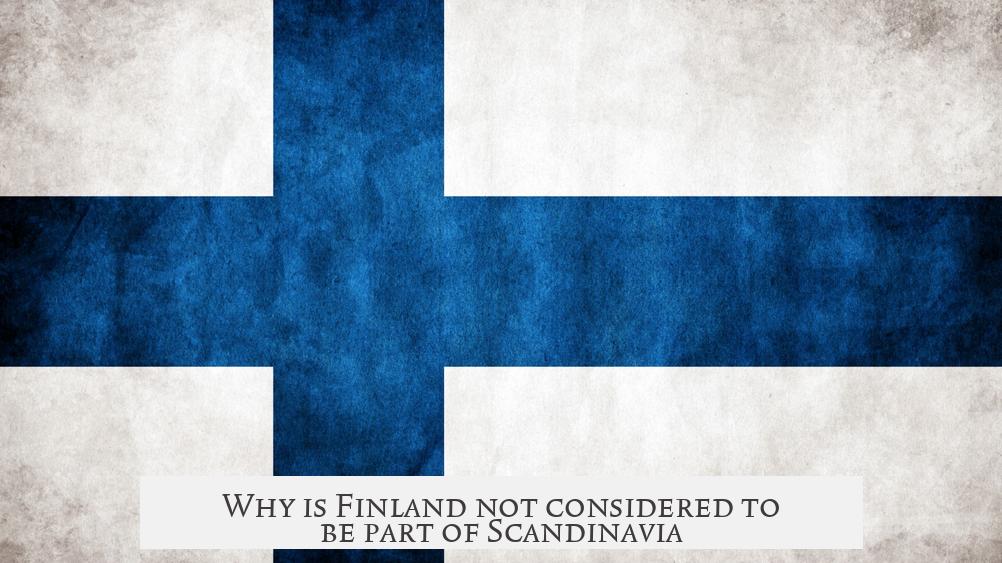
Simply put, Finland is not considered part of Scandinavia because it differs significantly in geography, language, history, and culture from the core Scandinavian countries of Sweden, Norway, and Denmark. This might sound like splitting hairs, but it is a classic example of how labels depend on specific shared traits that Finland just doesn’t fully share with the three Scandinavian musketeers.
Let’s dive deeper to unpack this distinction and explore why the neat collective term “Scandinavia” stops at the Finnish border.
Geography: It’s About Location, Location, Location
When you glance at a map, Scandinavia typically refers to the Scandinavian Peninsula, which only includes Sweden and Norway. Denmark adds itself to the group since it is historically and culturally tied, but Finland does not anchor itself on this peninsula at all. Geographically, Finland lies to the east and occupies a much more extensive spread of land by the Baltic Sea.
The physical difference here is not trivial. Geography influences everything—from weather and landscape to historical settlement and interactions. Finland’s unique position makes it stand apart on physical terms from its neighbors who share the rugged peninsula.
Language and Culture: An Unbroken Line vs. A Different Tune
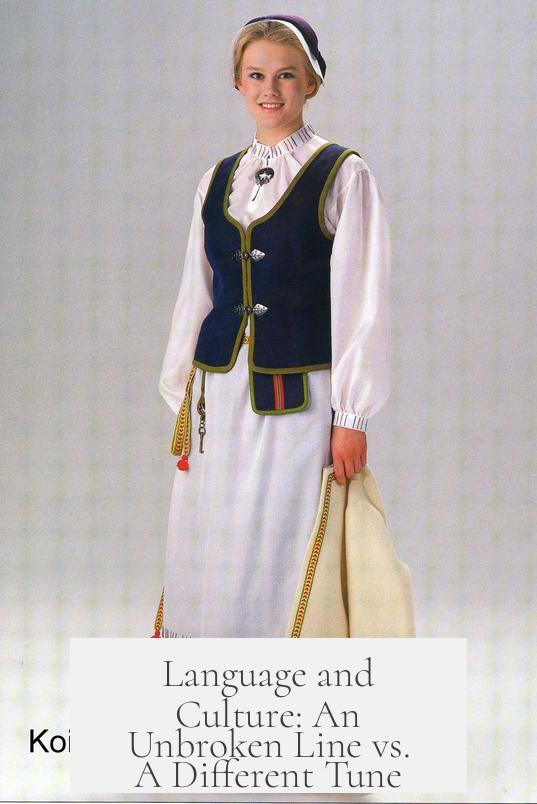
Language often acts as a cultural glue, and it’s where Finland marks the sharpest distinction. The traditional Scandinavians—Sweden, Denmark, and Norway—speak North Germanic (Scandinavian) languages. These tongues are all branches of the same family tree, rooted in the Indo-European language family.
Finland, on the other hand, speaks Finnish, a Finnic language that belongs to the Uralic language family—a completely different branch. Imagine two relatives who don’t even share the same family tree, let alone a common dialect! This linguistic divergence shapes everything from communication to cultural references and humor.
Historical cultural ties also separate Finland. While Sweden, Denmark, and Norway share Viking heritage, Nordic mythology, the Kalmar Union, and a similar model of constitutional monarchy, Finland’s connections with these are comparatively recent and thin. Finland was once part of Sweden, but only briefly in the grand sweep of history, and missed the bulk of Viking lore and political unions.
History and Politics: A Story of Overlapping Crowns and Divergent Paths
Finland’s historical timeline further explains why it falls outside Scandinavia. The political idea of Pan-Scandinavism—envisioning a closer union among Scandinavian countries—began in the 1840s, well after Finland was lost to Sweden and fell under Russian rule in 1809. While Sweden, Norway, and Denmark plotted closer political unions and cultural ties, Finland was busy orbiting a different empire.
This divergence set Finland apart from the Scandinavian narrative. The Pan-Scandinavian movement, although it never fully unified the countries politically, built strong connections between Sweden, Norway, and Denmark. Finland outside this narrative means it missed out on shared notions like the Scandinavian Monetary Union and common cultural projects.
Adding Finland into Scandinavia muddies these definitions. For instance, “Scandinavian languages” would become inaccurate because Finnish isn’t a Scandinavian language. Similarly, “Pan-Scandinavism” would lose precision.
Modern Usage and Terms: Nordic, Not Always Scandinavian
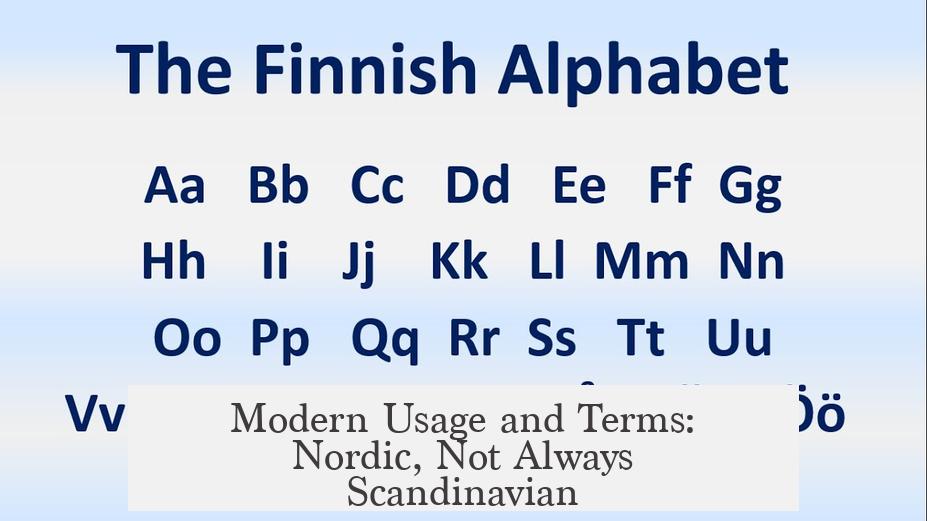
What about today? People often use “Scandinavia” loosely, especially outside northern Europe, to include Finland and Iceland. But inside the region, it’s more exact. The broader, more inclusive term is “the Nordic countries,” or “Norden”—which comfortably embraces Finland alongside Denmark, Norway, Sweden, and Iceland.
This is practical and reflects reality. Finland shares many contemporary ties with its Nordic neighbors. Politically, economically, and culturally, Finland fits well within this group. The Nordic Passport Union, shared social welfare models, economic cooperation, and cultural similarities make Finland very much a Nordic country.
Still, the distinction remains useful: “Scandinavia” refers to the three close-knit brother countries who look alike linguistically and historically. Add Finland (and Iceland), and you switch to the term “Nordic countries.” Thus, two terms exist to keep things clear.
Does the Distinction Really Matter?
Good question! Some argue that raising this linguistic or historical fence seems unnecessary given Finland’s modern closeness to its neighbors. After all, shared political frameworks and cultural exchanges are strong. However, clear terms help clarify historical narratives, linguistic families, and cultural origins.
Furthermore, the term “Scandinavia” is not just geography but also identity and language markers. Mixing Finland in blurs neat categories. Conversely, the Nordic community embraces all five countries equally, showing respect for similarities and differences simultaneously.
Takeaway: Know Your Terms
- Scandinavia = Sweden + Norway + Denmark: united by geography, language, and history.
- Nordic countries = Scandinavia + Finland + Iceland (and sometimes others): a broader group united by modern cooperation and cultural similarities.
Like choosing between coffee and tea, both terms serve their purpose. But Finland belongs to the Nordic tea set, not the Scandinavian coffee cup. So next time you proudly call yourself “Scandinavian,” remember there is a perfectly good term, “Nordic,” that honors Finland’s unique place.
Interestingly, the quest to classify countries teaches us how cultures intertwine yet remain distinct. Finland not being in Scandinavia is less a rejection and more a recognition of its rich, unique story amidst the northern legends.
Feeling curious about other Nordic quirks? Ask yourself: How else do nations define themselves through language, geography, or history? Finland’s example shows that sometimes, *identity* is more than just lines on a map.
